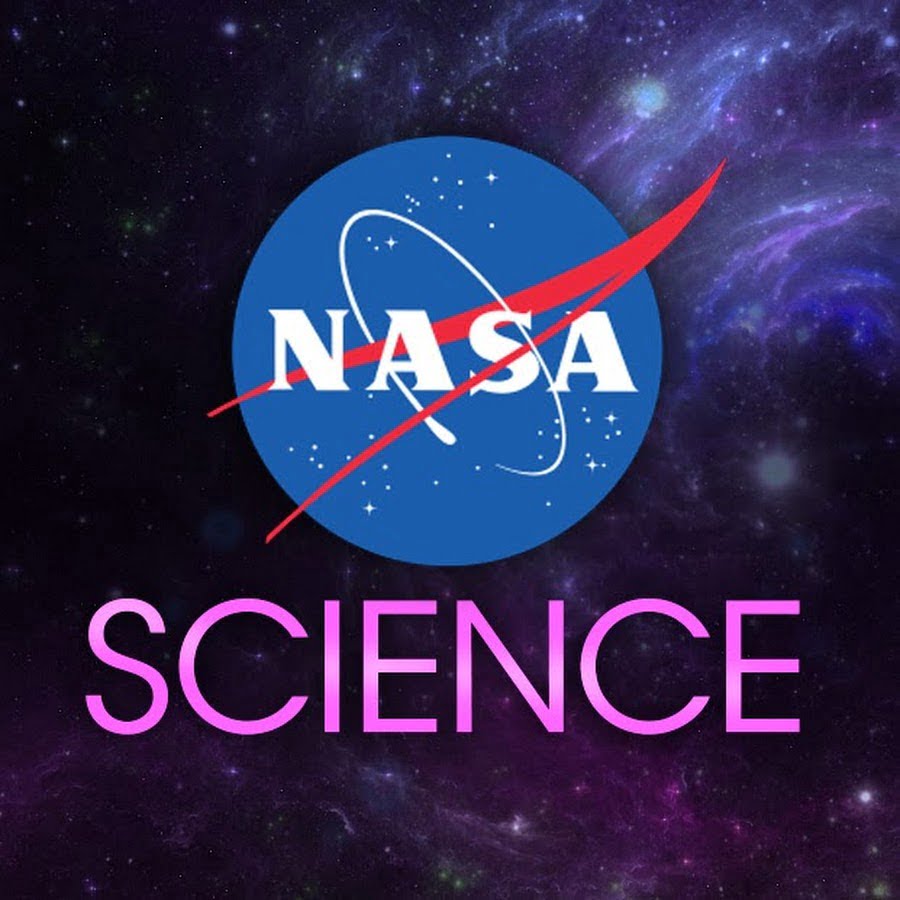In this week’s newsletter, learn how and where to watch live coverage of NASA’s Boeing Starliner Crew Flight Test—the first Starliner spacecraft mission with crew; discover what to look for in the sky this month with the agency’s skywatching guide; and download the latest issue of Astrobiology: The Story of Our Search for Life in the Universe, a graphic novel series that explores the study of the origin, evolution, and distribution of life in the universe.
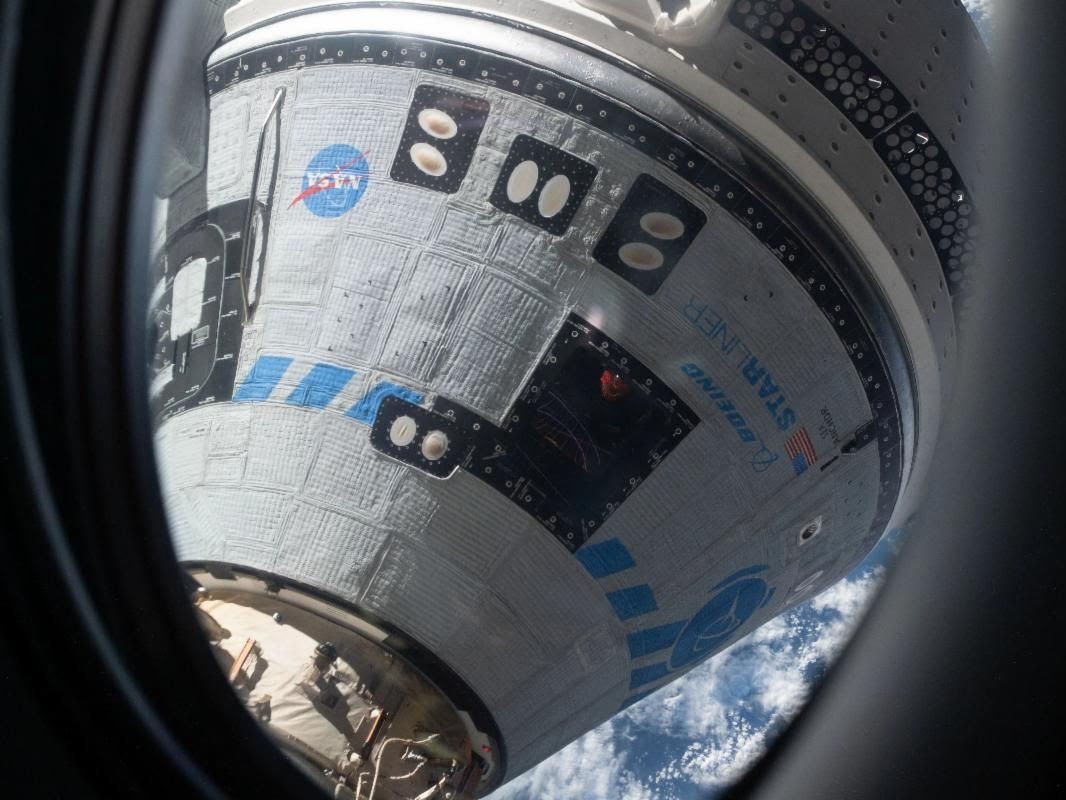
Live launch coverage of the agency’s Boeing Crew Flight Test, which will carry NASA astronauts Butch Wilmore and Suni Williams to and from the International Space Station, begins Monday, May 6, at 6:30 p.m. EDT on NASA+. Wilmore and Williams will be the first to fly aboard Boeing’s Starliner spacecraft, launching on a United Launch Alliance Atlas V rocket to the Space Station. The astronauts will spend about a week at the orbiting laboratory before the crew capsule makes a parachute and airbag-assisted landing in the southwestern United States.
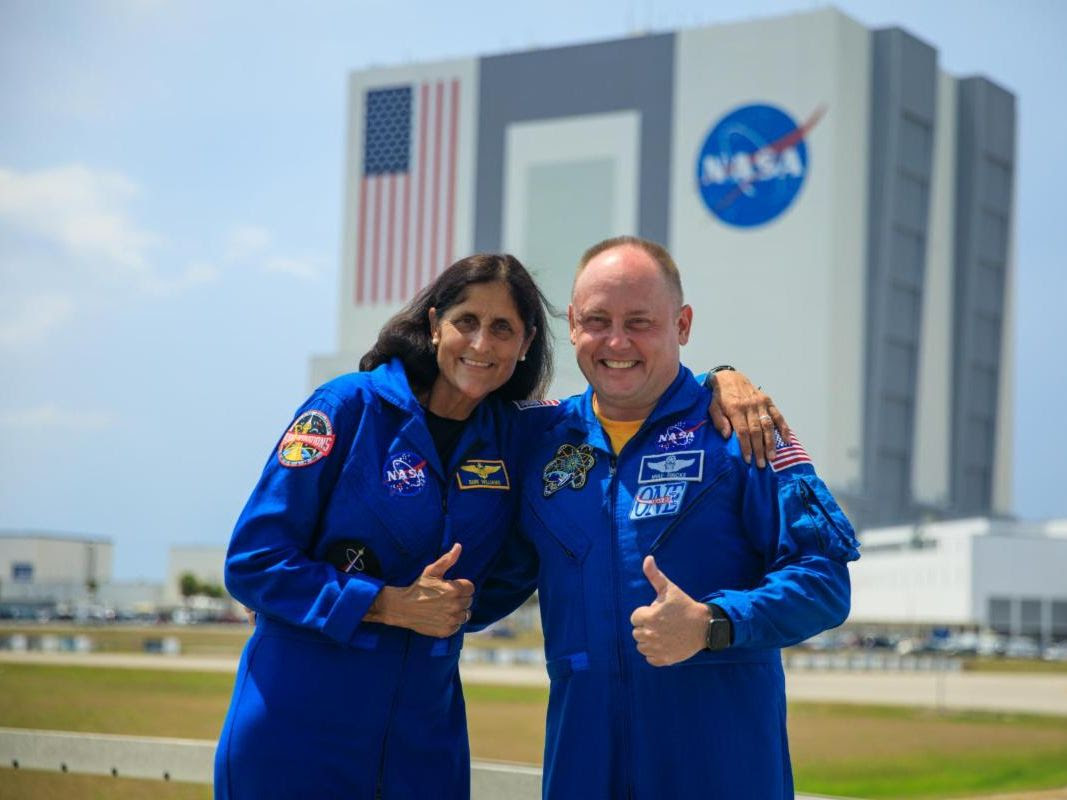
NASA’s BOEING STARLINER CREW FLIGHT TEST
Mission Updates
The official Commercial Crew Program blog will keep you up-to-date on the mission, crew, and spacecraft of NASA’s Boeing Crew Flight Test.
THE UNIVERSE
A Whole New Light
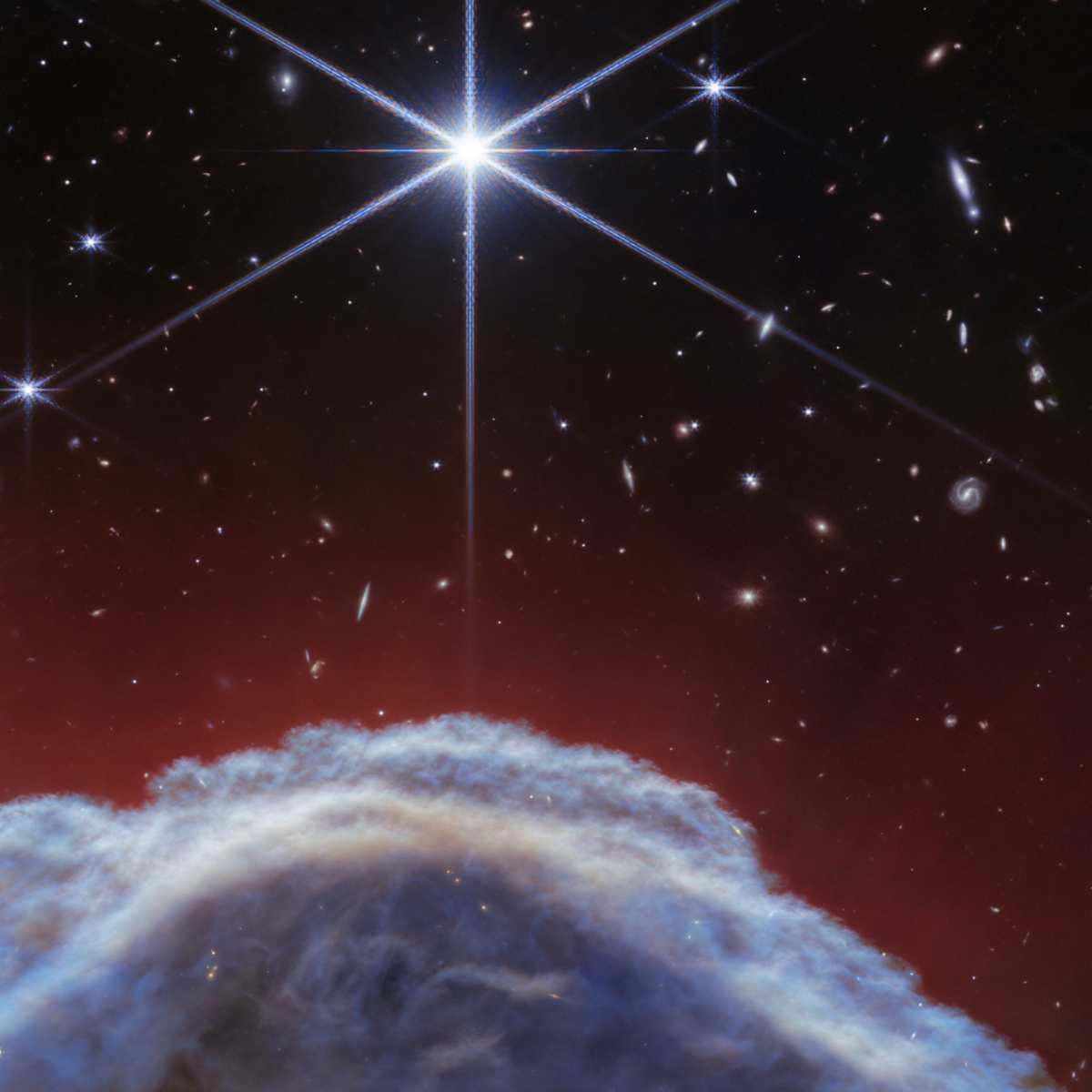
The James Webb Space Telescope has captured the sharpest infrared images to date of a zoomed-in portion of one of the most distinctive objects in our skies, the Horsehead Nebula.
THE UNIVERSE
280 Light-Years Away

An international team of researchers has successfully used NASA’s James Webb Space Telescope to map the weather on the hot gas-giant exoplanet WASP-43 b. WASP-43 b is a Jupiter-sized planet roughly 280 light-years away, in the constellation Sextans.
THE SOLAR SYSTEM
What’s Up: May Skywatching Tips
What’s up for May? The Moon hangs out with Saturn twice this month; the Scorpion’s “heart,” Antares, briefly goes missing; and meteors in the morning, courtesy of Halley’s comet.
- Before sunrise on May 4, the moon shows a slim crescent and has moved in its orbit to sit between Saturn and Mars. If you have a clear view of the horizon, you might also catch a glimpse of Mercury rising.
- The Eta Aquariid meteor shower peaks in the early dawn hours of May 6.
- The full Moon will appear quite close to the bright red star Antares in Scorpius as the pair rises on May 23. Those on the East Coast of the United States will observe the moon pass in front of Antares—an event called an occultation.
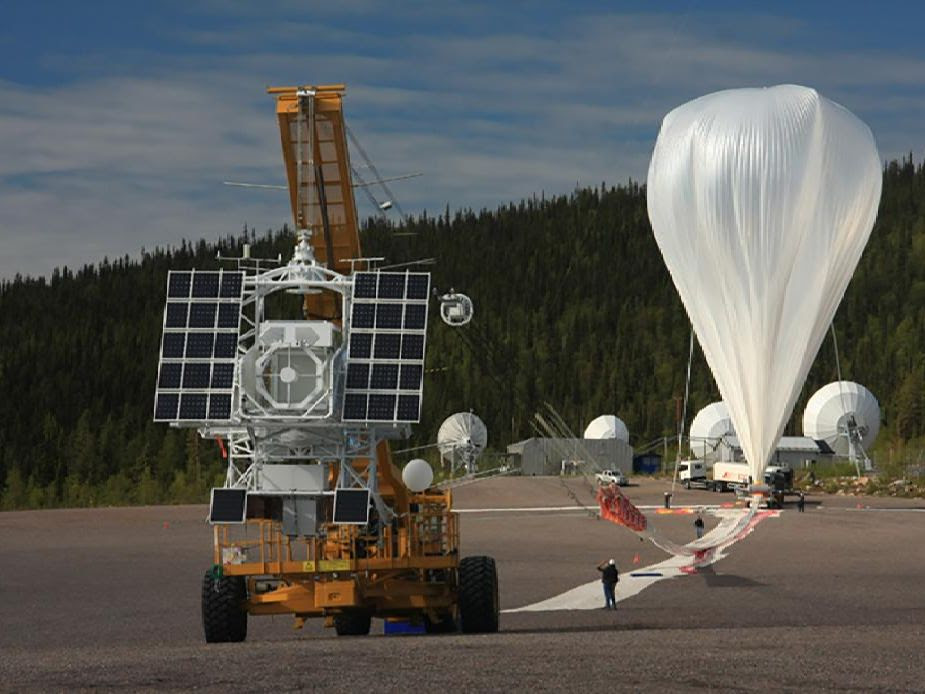

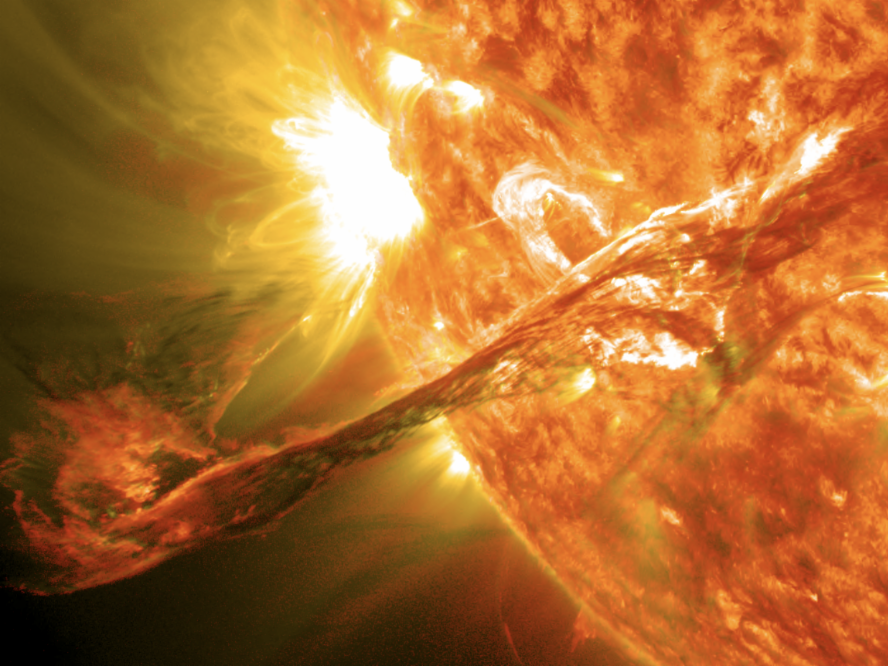

ASIAN-AMERICAN AND NATIVE HAWAIIAN PACIFIC ISLANDER HERITAGE MONTH
From the Archives

John Hirasaki began his career as a mechanical engineer in the Landing and Recovery Division at the Johnson Space Center. In 1969, he was chosen to be the technician present in the Mobile Quarantine Facility (MQF) while the Apollo 11 crew was in quarantine. Part of his duties included deactivating and “decontaminating” the Apollo 11 Command Module and unloading the lunar samples and photographic film.
NOTE: This is a NASA Publication. Reformatted to fit this screen.
Thanks for taking the time to read this. Please consider a donation or utilize that BuyMeACoffee widget located at the bottom right corner if you like what we do.
